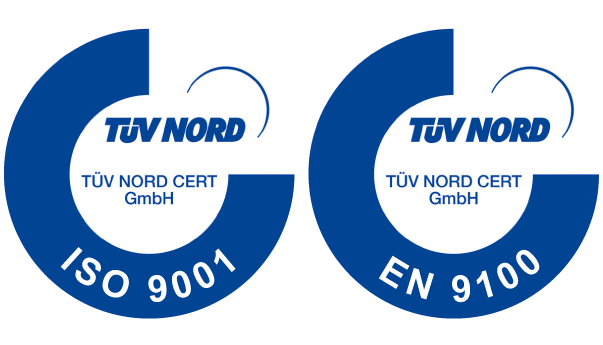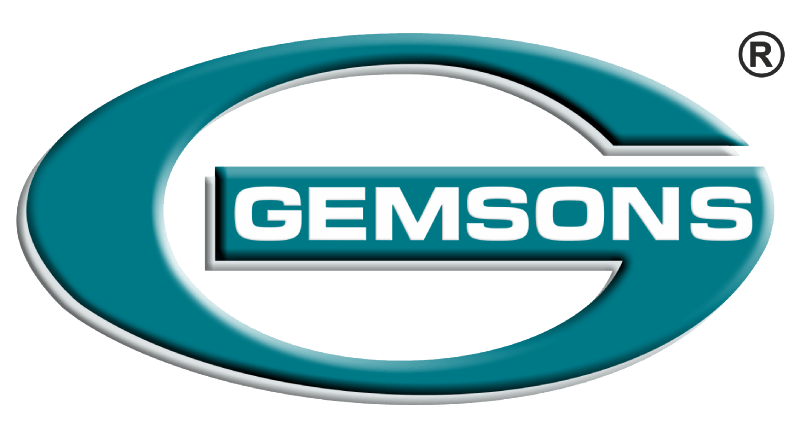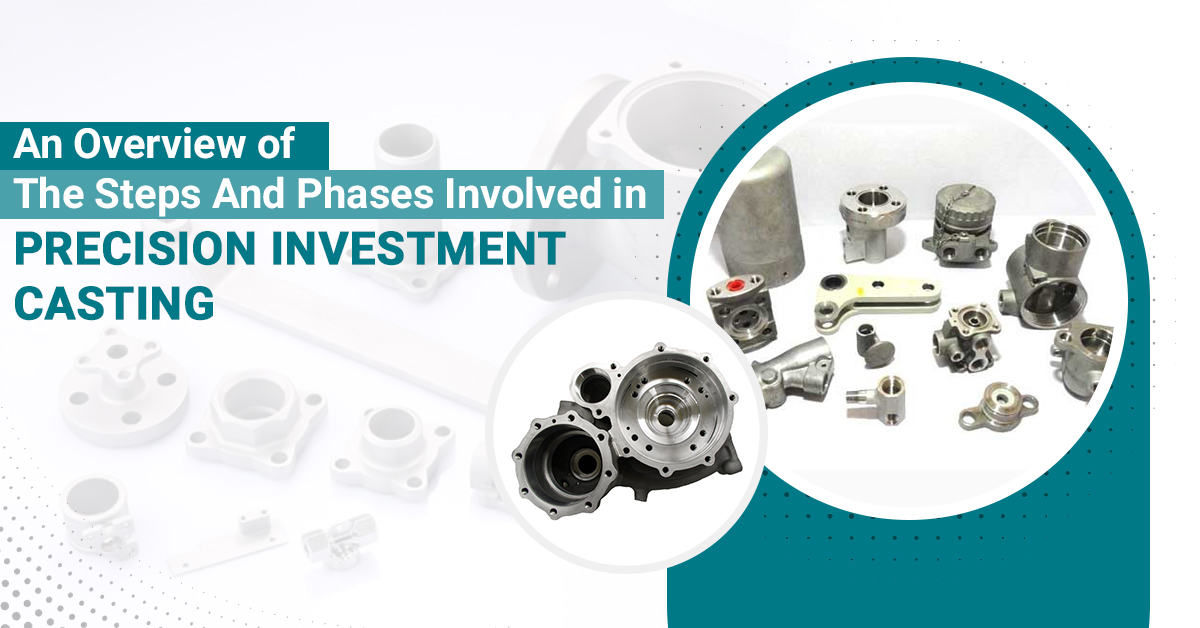Investment casting is one of the oldest methods of producing metal precision components. The procedure begins with creating a wax pattern, which is effectively a steel copy of the desired component. The design is enclosed in a ceramic substance, subsequently erased by applying heat. Molten steel will next be poured into the aperture of the mould. The casting is ready to use after the mould has been torn away from the solid steel.
The process behind investment castings
The development of the master pattern kicks off the whole procedure. The artist might employ wax, clay, steel, plastic, or wood to produce the unique pattern. After that, he will be able to create the mould or master die. Metal, steel, or metal is used to make this one. Below are the steps and phases involved in investment castings.
Tooling
Skilled tool room employees utilizing CNC machining and EDM processes make dies. The majority of investment tools are made of aluminium, with brass or steel cores and retractable slides.
Wax Pattern Injection
From the first to the hundredth injection cycle, liquid pattern wax is injected under temperature/pressure regulated conditions to assure dimensional uniformity. The wax structure is easily removed from the die when it has solidified.
Structure Assembly
The wax designs are then assembled onto a wax runner system, which allows the molten metal to flow freely. Castings of various sizes and sections may be constructed to a high degree of precision using over 30 standard designs of runners.
Mold Making
Following the completion and cleaning of the wax assemblies, repeatedly dipping the wax assembly in a liquid ceramic slurry and then covering it with ceramic stucco construct a ceramic shell.
The assemblies are invested using a wholly automated shell-making robot technology. The investment shell is built up in stages until it is thick enough to resist the thermal stresses of pouring.
De-Waxing
The investment shell is then placed in a steam pressure vessel, and the wax is steamed away, leaving the negative hollow spaces of the components within.
Mould Firing
Ceramic Shell moulds are fired at 1000°C to eliminate wax residue, increase mechanical strength, and preheat in preparation for the casting process.
Shell Coating
The pattern assembly will be dipped in a ceramic slurry and coated with a refractory substance in Shell coating. Repeat this procedure until you get the desired thickness and strength. The ceramic shell is then completed and placed in an atmospherically controlled chamber to dry.
Finishing
The ceramic mould is removed and cleaned using pneumatic vibratory equipment after the metal has been set. The castings are cut away from the runner, fettled, and shot blasted in preparation for heat treatment or quality assurance.
Heat Treatment
Castings are heat-treated to increase mechanical properties, machinability, or homogeneity as cast structures. On-site heat treatment is performed using atmosphere-controlled furnaces.
Investment castings are used extensively in the power generating and aerospace sectors. They are used to create complex forms for turbine blades and are also used to create cooling systems. Directionally solidified, typically equated, and single-crystal blades are some of the most frequent blades generated by the method. Investment castings are also used in the military, medical, automotive, and commercial areas.



Recent Comments